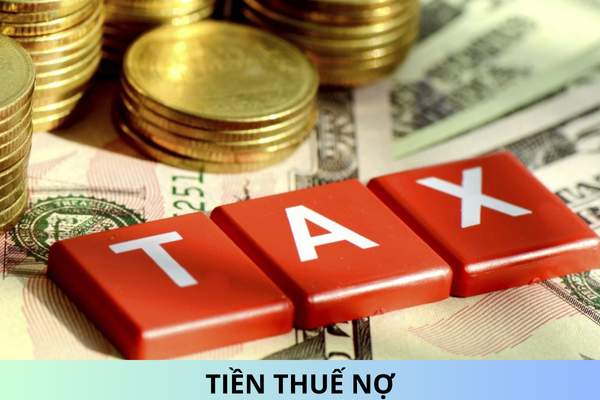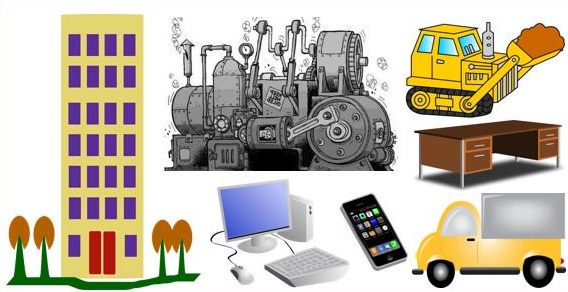What are fixed assets according to the law in Vietnam? What are types of fixed assets?
What are fixed assets according to the law in Vietnam? What are types of fixed assets? - Mr. Phuc (HCMC)
What are fixed assets according to the law in Vietnam? What are types of fixed assets?
Pursuant to Article 2 of the Circular 45/2013/TT-BTC:
The terms used in this Circular shall be construed as follows:
1. Tangible fixed assets: are means of labor primarily in the physical forms and satisfy the criteria of tangible fixed assets, involved in many business cycle but remain original physical forms as buildings, structures, machinery, equipment, means of transportation ...
2. Intangible fixed assets: these assets are not physical forms, represents a value of the investment has to satisfy the criteria of an intangible asset, involved in many business cycles such as some costs directly related to land use; issuance right, patent, copyright,...
3. Fixed assets of financial leasing are the assets which enterprises lease from financial leasing companies. At the end of the lease term, the lessee has the right to purchase the leased property or continues the lease under the terms agreed in the lease contract. The total rent of an asset type specified in the financial leasing contract must be at least equal to the value of that asset at the time of contract signing.
All leased assets if not meeting the above-mentioned regulations are considered as the operating leased fixed assets
...
As regulated above, fixed assets are high-value assets that participate in multiple business cycles and are not consumed or destroyed during the production process in order to generate economic benefits for the enterprise. There are 03 main types of fixed assets according to the law in Vietnam:
[1] Tangible fixed assets: are means of labor primarily in the physical forms and satisfy the criteria of tangible fixed assets, involved in many business cycle but remain original physical forms as buildings, structures, machinery, equipment, means of transportation,...
[2] Intangible fixed assets: these assets are not physical forms, represents a value of the investment has to satisfy the criteria of an intangible asset, involved in many business cycles such as some costs directly related to land use; issuance right, patent, copyright,...
[3] Fixed assets of financial leasing are the assets which enterprises lease from financial leasing companies.
At the end of the lease term, the lessee has the right to purchase the leased property or continues the lease under the terms agreed in the lease contract.
The total rent of an asset type specified in the financial leasing contract must be at least equal to the value of that asset at the time of contract signing.
What are fixed assets according to the law in Vietnam? What are types of fixed assets? - image from internet
What are methods of depreciation of fixed assets in Vietnam?
Pursuant to Article 13 of the Circular 45/2013/TT-BTC stipulating methods of depreciation of fixed assets in Vietnam:
Method of depreciation of fixed assets:
1. Methods of depreciation:
a) Straight-line depreciation method.
b) Adjusted reducing balance method
c) Method of depreciation based on volume
2. Based on the capacity to meet the applicable conditions specified for each method of depreciation of fixed assets, the enterprises may choose method of depreciation appropriate with each type of enterprises’ fixed asset:
a) The straight-line depreciation method is the method of depreciation by the rate of stability calculation of each year into the enterprises’ costs of business and production of the fixed assets involved in the business operation.
...
As regulated above, the methods of depreciation of fixed assets in Vietnam include:
- Straight-line depreciation method.
- Adjusted reducing balance method
- Method of depreciation based on volume
What are cases of changes of the primary price of enterprise’s fixed assets in Vietnam?
Pursuant to Clause 4 Article 4 of the Circular 45/2013/TT-BTC, the primary price of enterprise’s fixed assets is only changed in the following cases:
- Re-evaluating the value of fixed assets in cases:
+ By decision of competent state authority.
+ Implementation of enterprise reorganization, enterprise ownership change, enterprise transformation: split, merger, consolidation, equitization, sale, lease, conversion of limited liability company into a joint stock company and from joint stock company converted into a limited liability company.
+ Investment made outside enterprise by use of assets.
- Upgrading fixed assets
- Dismantling one or a number of parts of fixed assets but these parts are managed by standard of a tangible fixed asset.
+ When changing the primary price of fixed assets, the enterprise have to make a record specifying grounds for change and re-determine indicators of primary price, the Residual value in accounting book, accumulated depreciation, utilization time of fixed assets and conduct the record as prescribed.
Best regards!











